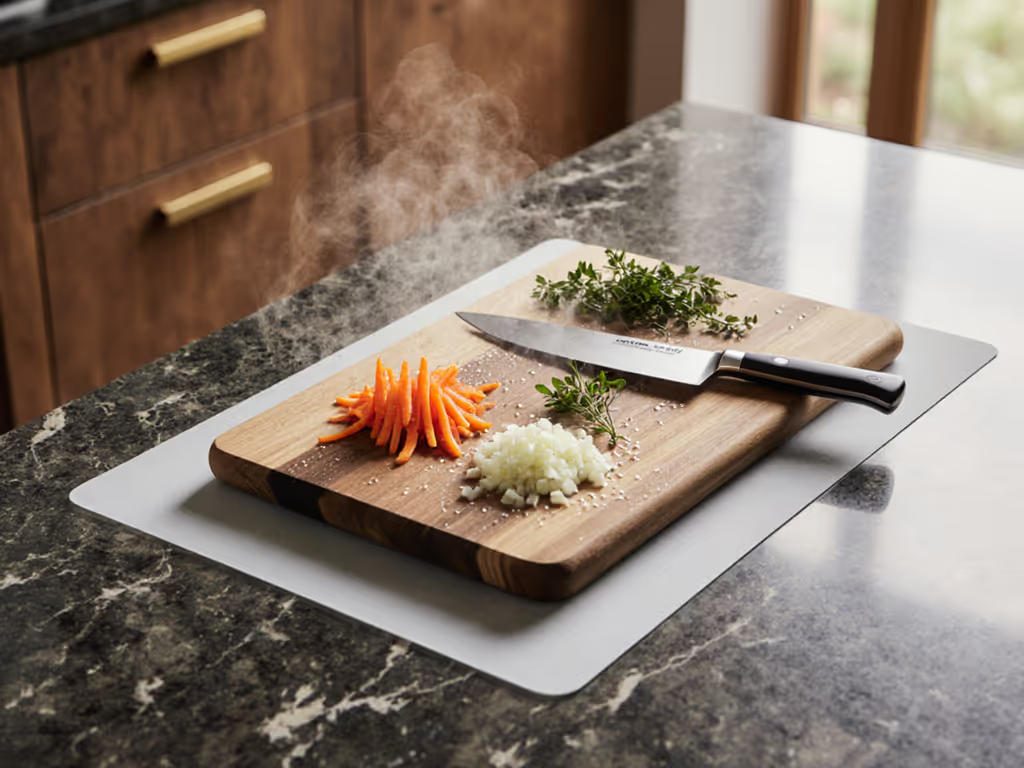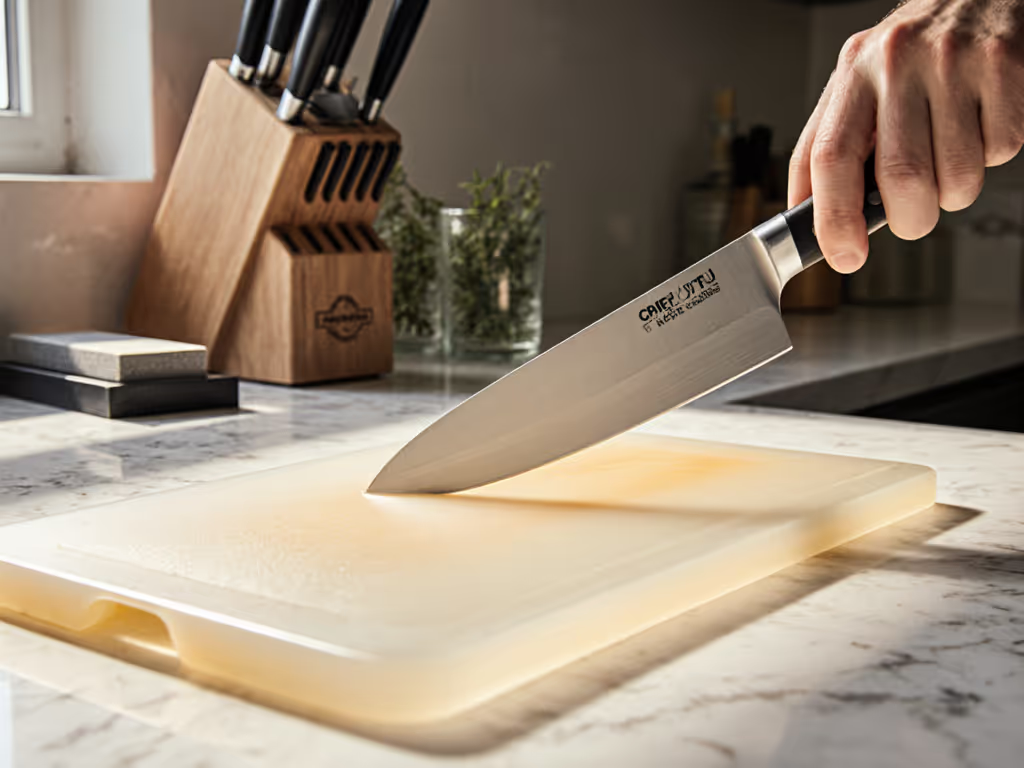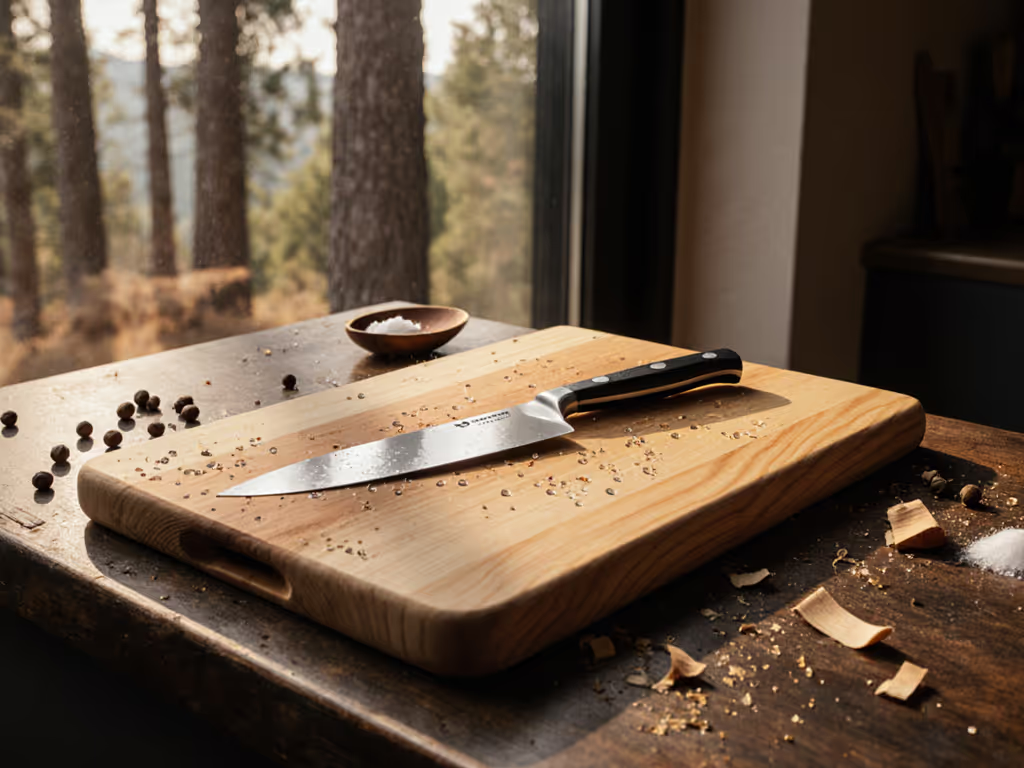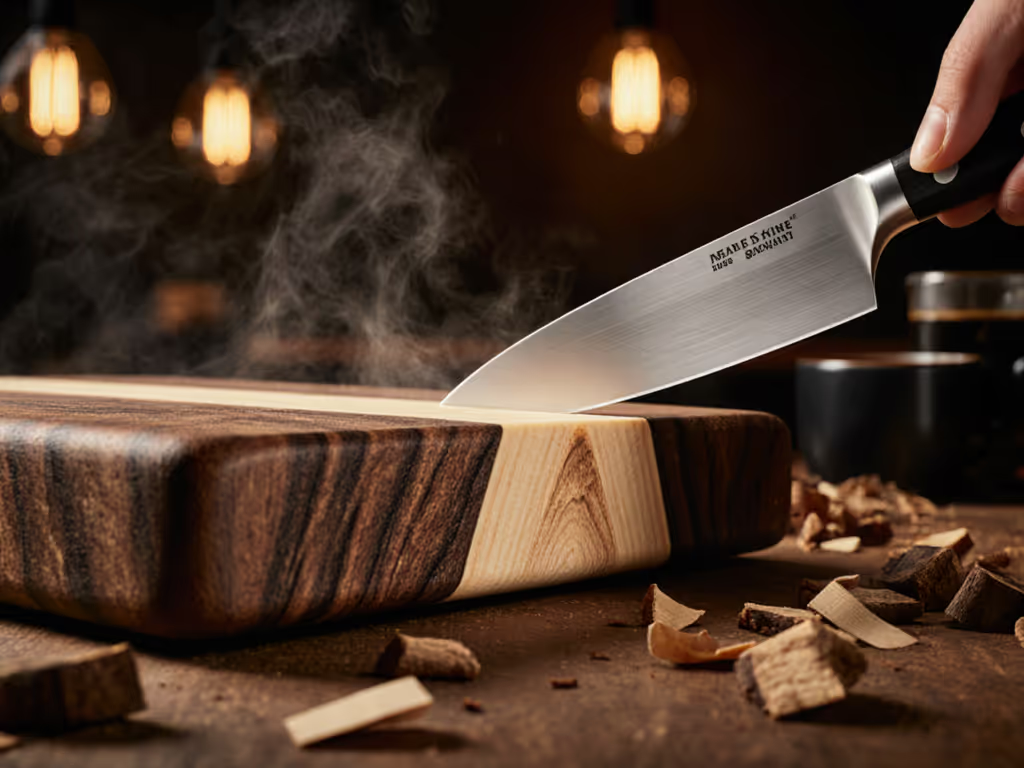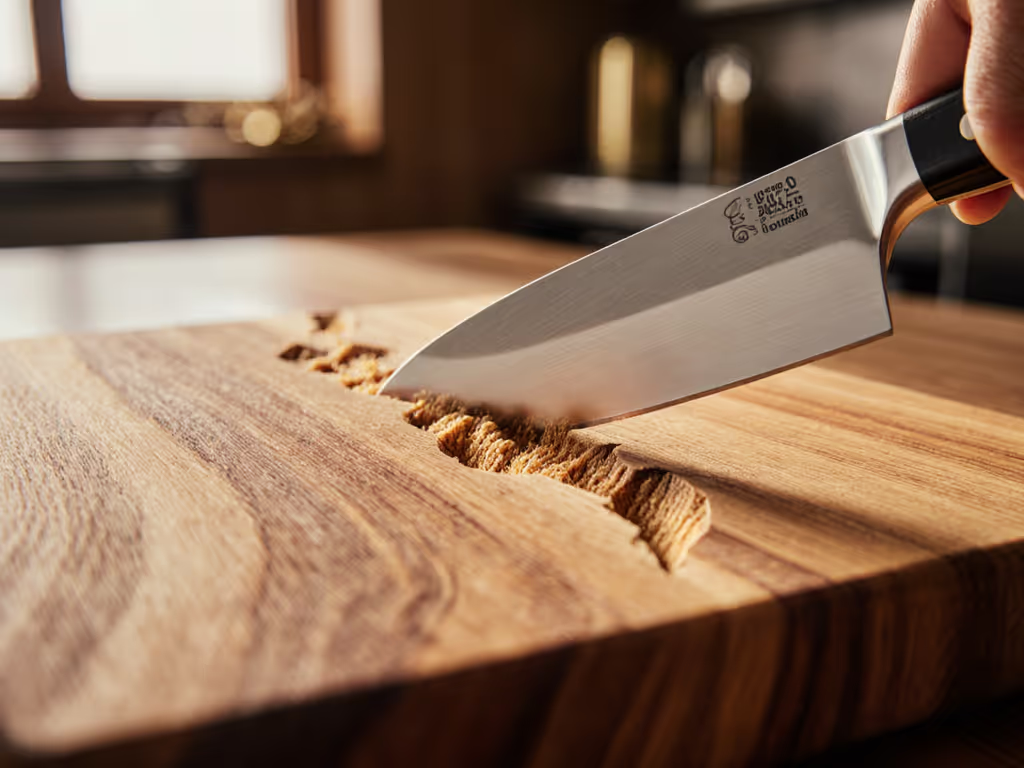
Materials, Craftsmanship & History
Explore Other Topics
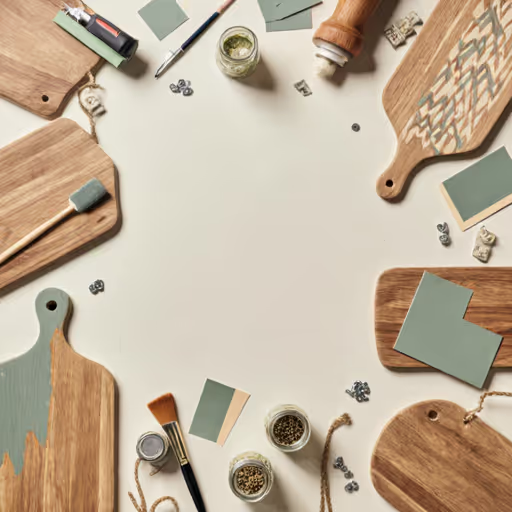
DIY, Upcycling & Home Decor
Make, repurpose, and style cutting boards—DIY builds, creative upcycling, and non-culinary decor ideas.
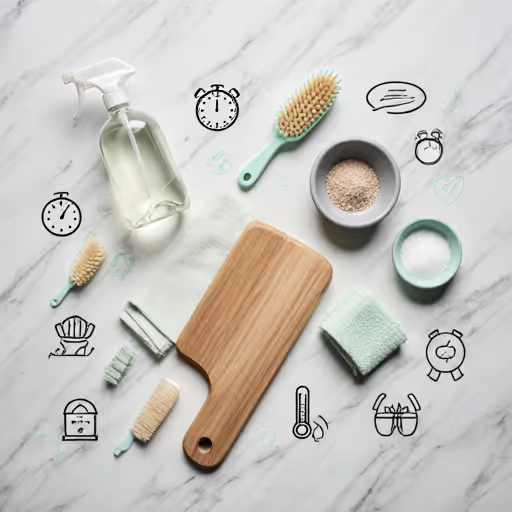
Care, Cleaning & Food Safety
How to clean, maintain, and safely use cutting boards to maximize lifespan and prevent cross-contamination.
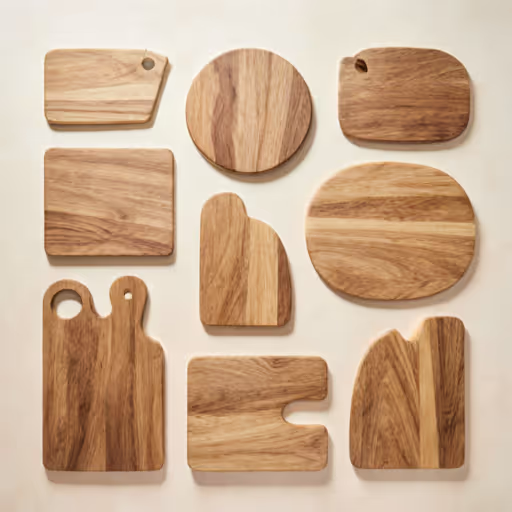
Design, Features & Task-Specific Picks
Choose boards by shape, integrated features, and task-specific needs like meat, bread, or cheese.
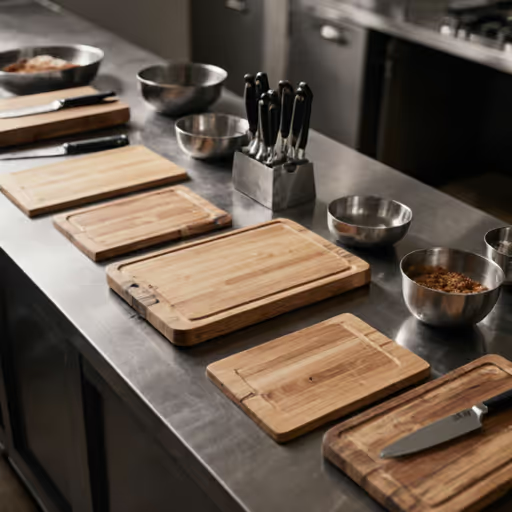
Kitchen Fit & Pro-Grade Picks
Find sets tailored to kitchen size/layout and professional or high-performance use cases.

